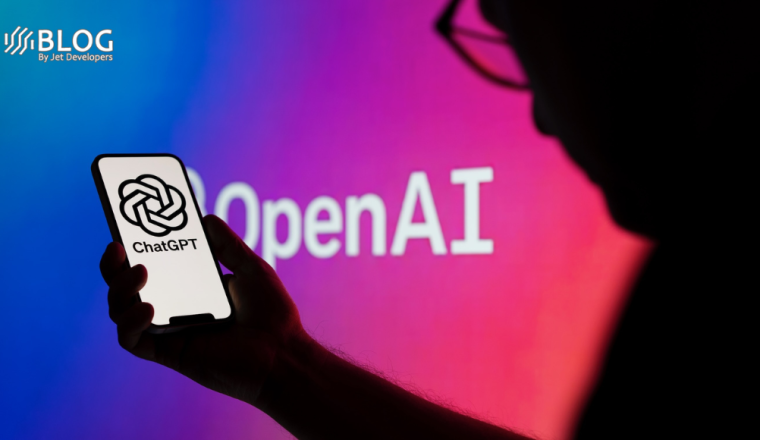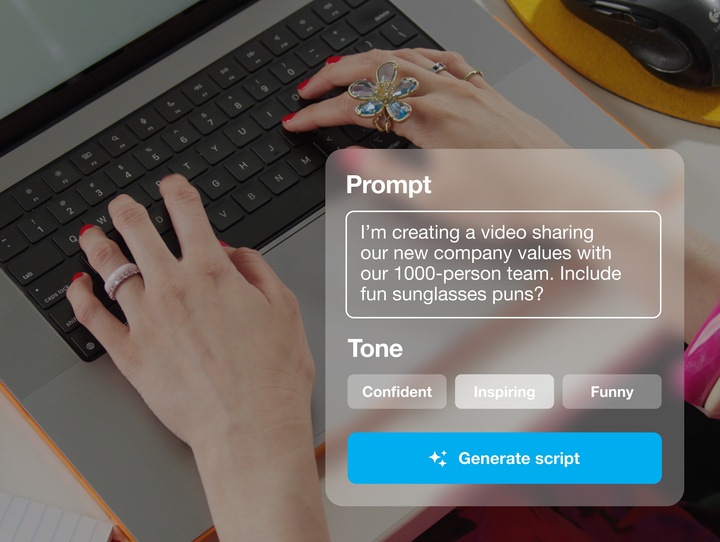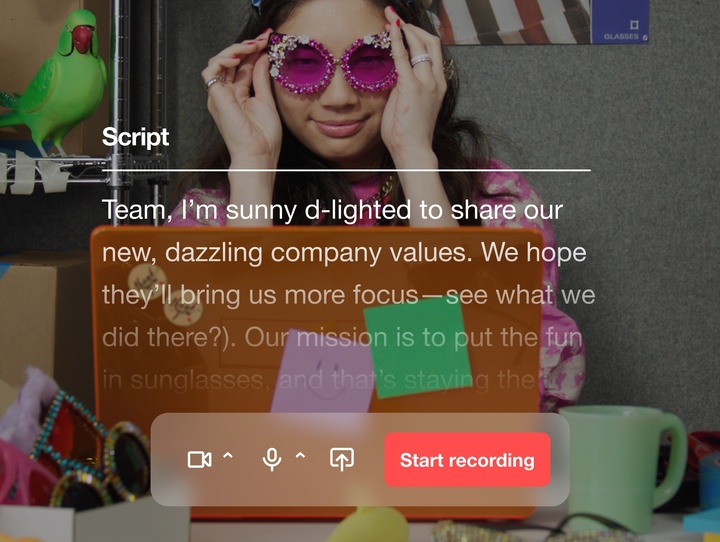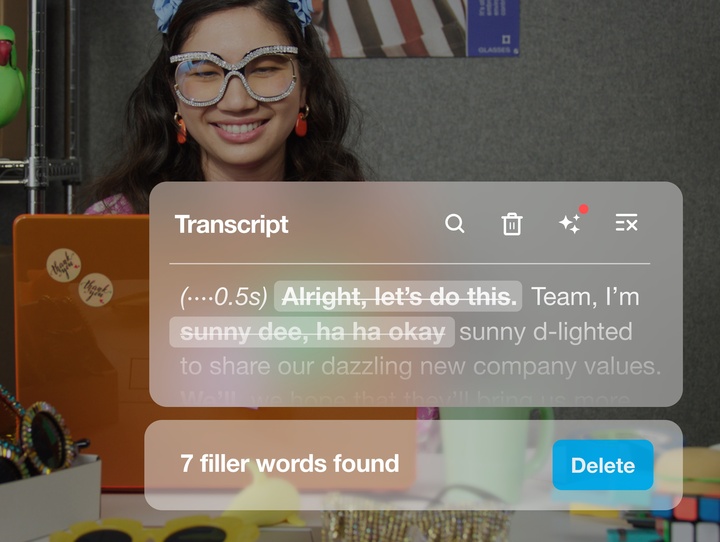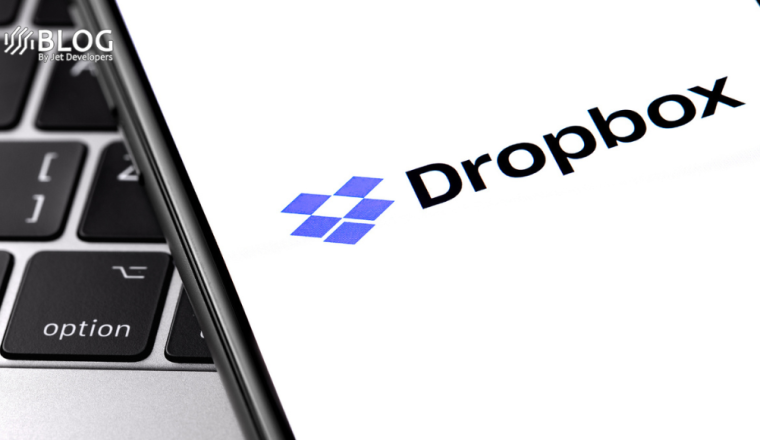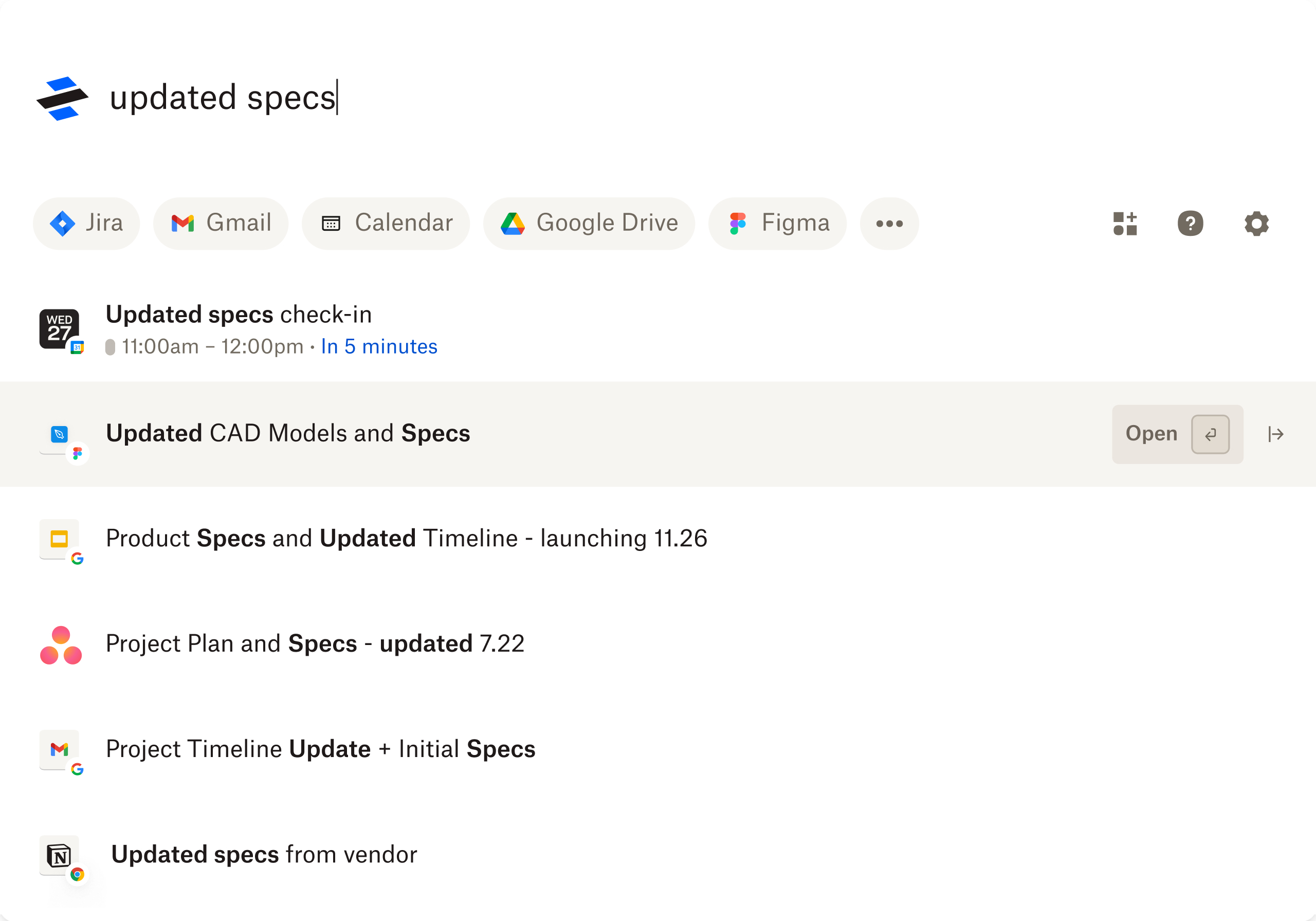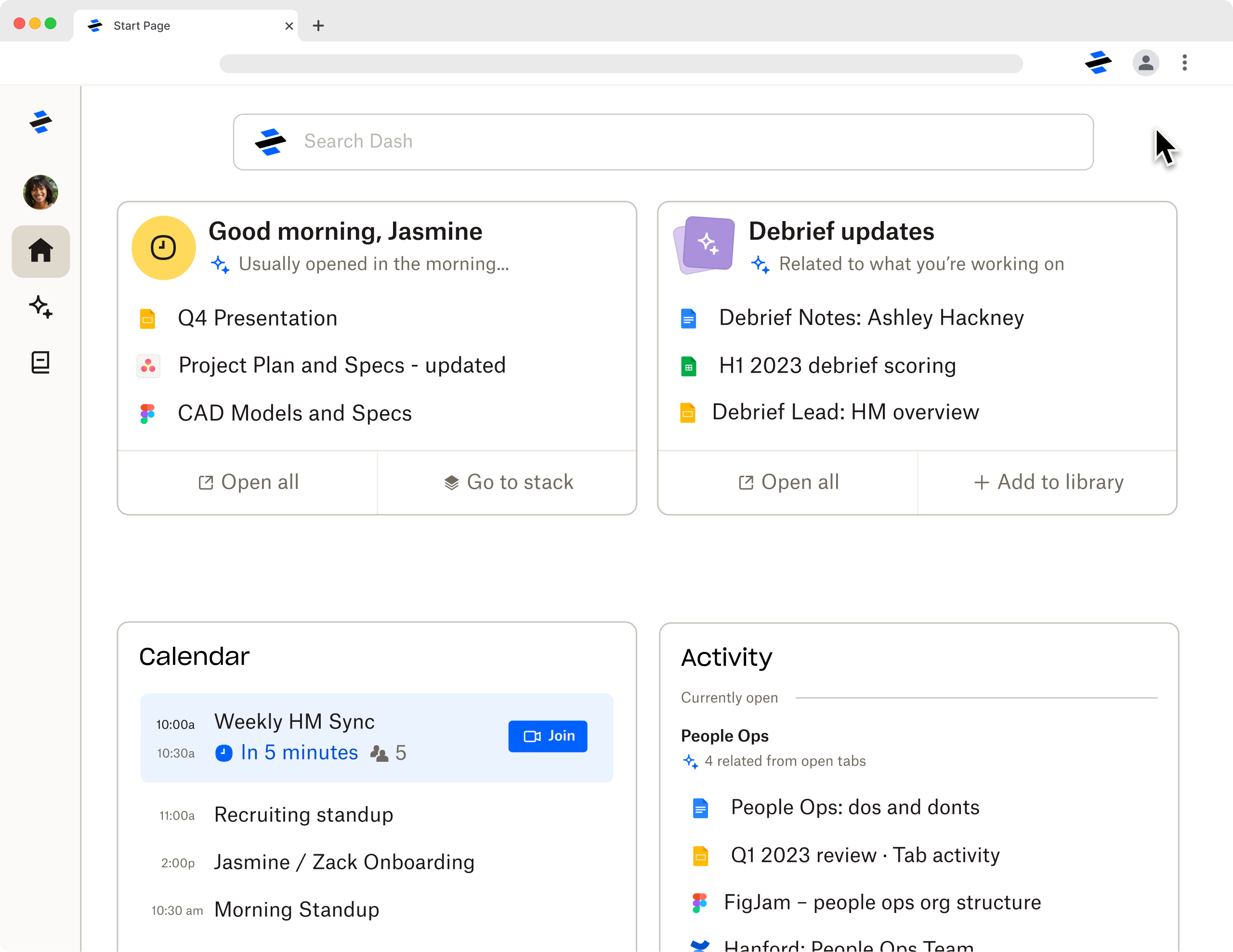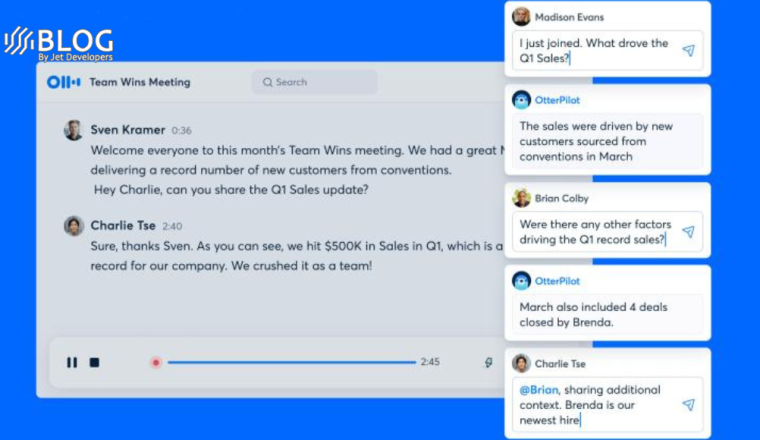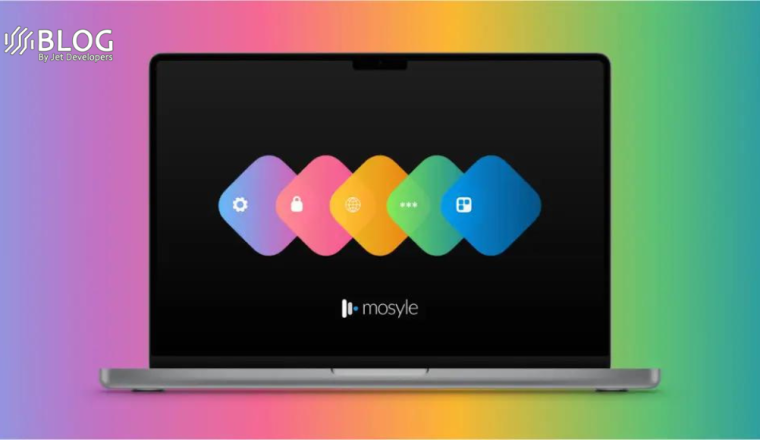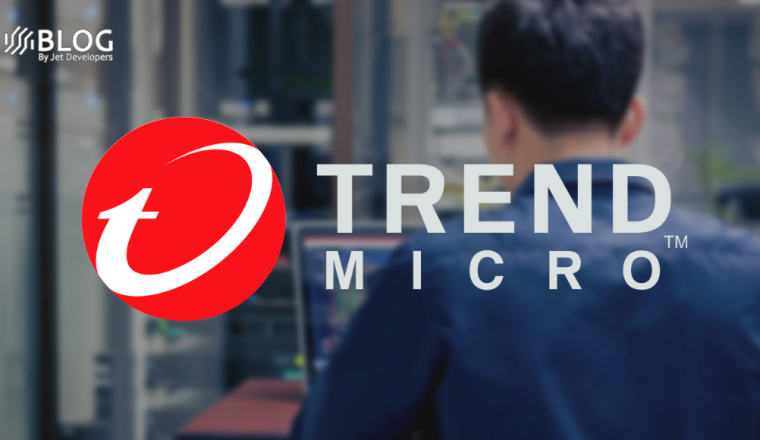How New AI Tools Can Transform Human Productivity in the Enterprise
How new AI tools can transform human productivity in the enterprise, unlocking new levels of efficiency, automation, and decision-making capabilities. Enterprises are constantly seeking innovative ways to enhance productivity and efficiency. The advent of artificial intelligence (AI) has brought forth a new era of tools and technologies that have the potential to revolutionize productivity in the workplace.
Streamlining Routine Tasks
One of the primary ways AI tools can boost productivity is by automating routine tasks. With the power of machine learning and natural language processing, AI algorithms can learn to perform repetitive tasks with precision and accuracy. This allows employees to focus their time and energy on more complex and strategic activities, thereby increasing overall productivity.
Enhanced Decision-Making
AI tools are equipped with advanced data analytics capabilities, enabling them to process vast amounts of information quickly and accurately. This empowers employees to make data-driven decisions and eliminates guesswork. By providing valuable insights and recommendations, AI tools enable faster and more informed decision-making, leading to improved productivity and better business outcomes.
Intelligent Customer Support
AI-powered chatbots and virtual assistants have revolutionized customer support in the enterprise. These tools can efficiently handle customer queries, provide instant responses, and even guide users through complex processes. By reducing response times and enhancing customer experiences, AI tools improve productivity within customer support departments, allowing human agents to focus on more complex or specialized customer needs.
Personalized Workflows
AI tools have the ability to learn and adapt to individual work patterns, preferences, and habits. By analyzing employee behavior, AI algorithms can optimize workflows and suggest personalized approaches for enhanced productivity. This level of personalization ensures that each employee’s work environment is tailored to their needs, ultimately maximizing their efficiency and output.
Advanced Data Analysis
Enterprises deal with massive volumes of data daily, making it crucial to derive actionable insights from this information. AI tools can process and analyze vast datasets at incredible speeds, identifying patterns, trends, and correlations that might be missed by human analysts. By automating data analysis, AI tools save time, minimize errors, and enable employees to make data-driven decisions more efficiently.
Collaborative Workforce
AI tools facilitate collaboration among teams by providing shared workspaces, project management solutions, and real-time communication platforms. By enabling seamless collaboration and knowledge sharing, these tools enhance teamwork and productivity across the enterprise. Employees can collaborate more effectively, share ideas, and work together on projects, resulting in improved overall productivity.
Conclusion: The emergence of new AI tools has brought immense potential for transforming human productivity in the enterprise. From automating routine tasks to enabling data-driven decision-making and fostering collaboration, AI tools offer a range of benefits. By harnessing the power of AI, enterprises can unlock new levels of efficiency, streamline operations, and achieve higher productivity across various departments. Embracing these innovative technologies is not only an investment in productivity but also a strategic move to stay competitive in today’s rapidly evolving business landscape.




